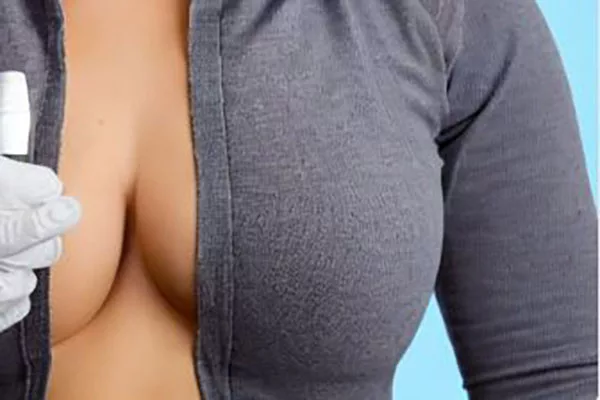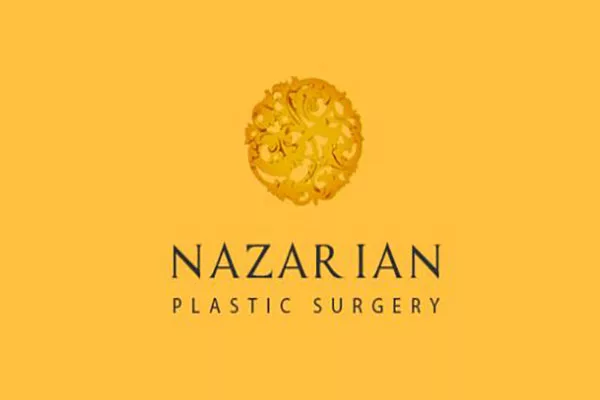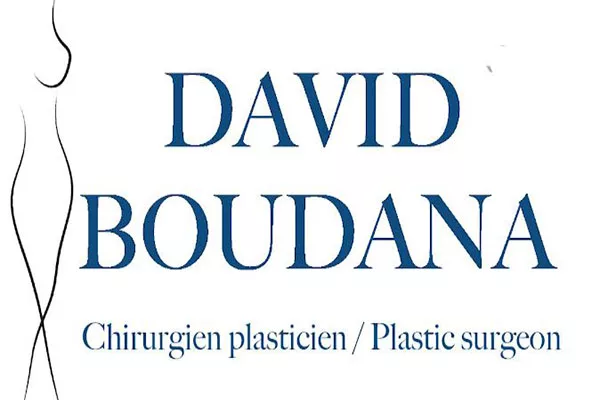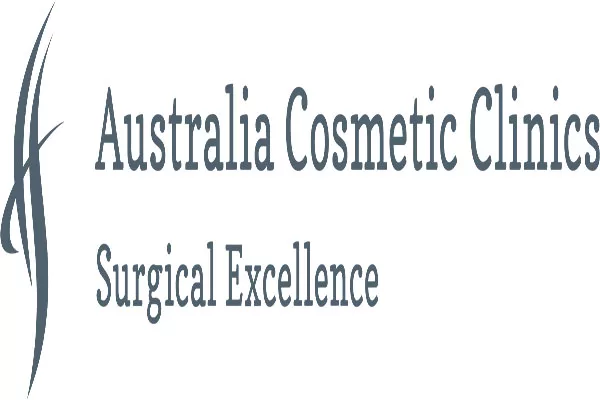If you are considering getting breast implant revision surgery, you may have heard about the option to reuse your existing implants. This means that instead of removing your old implants and replacing them with new ones, your surgeon can simply remove your old implants, clean them, and then put them back in.
While this may seem like a cost-effective and efficient option, there are many factors to consider before deciding to reuse your implants. In this article, we will discuss the pros and cons of breast implant revision with reused implants and help you make an informed decision about your surgery.
The Pros of Reusing Implants
The biggest advantage of reusing implants during breast implant revision surgery is that it can save you money. Reusing implants eliminates the cost of purchasing new implants, which can range anywhere from $1,000 to $2,500 per implant. In addition, reusing implants can also save you money on surgical and anesthesia costs, as the procedure can be less complicated and time-consuming than implant replacement surgery.
Another advantage of reusing implants is that it can eliminate the need for an additional surgery to remove and replace your old implants. This can be beneficial for patients who want to avoid the risks associated with undergoing multiple surgeries, such as increased recovery time, scarring, and potential complications.
Reusing implants can also be a good option for patients who are already happy with the size and shape of their current implants. In these cases, reusing the same implants can help maintain the look and feel of the breasts without any significant changes.
However, it is important to note that not all patients are eligible for implant re-use, and there are some potential drawbacks to this option. We will explore these further in
The Cons of Reusing Implants
While there are some advantages to reusing breast implants, there are also potential drawbacks that patients should consider before deciding on this option. One of the biggest concerns with reused implants is the potential for contamination. Any time an implant is removed from the body, there is a risk of bacteria, fungus, or mold growing on the surface of the implant. These contaminants can be difficult to completely remove, even with the sterilization and cleaning process that is used during implant re-use surgery.
Another concern with reused implants is the potential for implant damage or defects. Over time, breast implants can become weakened or damaged, which can make them more prone to leakage or rupture. Reusing an old implant can increase the risk of these complications occurring, and may require additional surgery to correct.
In addition, some patients may experience changes in their breast appearance, size, or shape over time. Reusing old implants may not be the best option for patients who want to change the size or shape of their breasts, or who are experiencing changes due to weight gain or loss, hormonal changes, or aging.
Finally, it is important to note that not all patients are eligible for implant re-use. Your plastic surgeon will need to evaluate the condition of your old implants, as well as your overall health and medical history, to determine if implant re-use is a safe option for you. If you have concerns about the safety or efficacy of implant re-use, it is important to discuss these with your plastic surgeon before making a decision about your surgery.
Patient Eligibility for Implant Reuse
As mentioned earlier, implant re-use is not a suitable option for all patients. Your plastic surgeon will need to evaluate several factors before determining if reusing your old implants is a safe and effective choice for your revision surgery.
One of the most important factors to consider is the condition of your current implants. If your old implants are damaged, ruptured, or otherwise compromised, reusing them can increase the risk of complications and may not be a safe option. Your surgeon will need to carefully examine your old implants to ensure that they are in good condition and free from contamination.
Another important consideration is your overall health and medical history. Patients with a history of cancer, autoimmune diseases, or chronic illnesses may not be good candidates for implant re-use, as these conditions can increase the risk of complications during surgery.
Your surgeon will also evaluate your desired outcome for your revision surgery. If you are hoping to change the size or shape of your breasts, implant re-use may not be the best option, as it will not allow for a significant change.
Ultimately, the decision to reuse breast implants during revision surgery should be made in consultation with your plastic surgeon. Your surgeon can evaluate your individual situation and make recommendations about the safest and most effective option for your surgery.
The Implant Removal Process
If you and your plastic surgeon decide that implant re-use is a safe and effective option for your revision surgery, the first step in the process will be to remove your old implants.
During the implant removal process, your surgeon will make small incisions either under your breast, in your armpit, or around your areola. The incisions will be made in the same location as your previous incisions, if possible, in order to minimize scarring.
Once the incisions are made, your surgeon will carefully remove the implants from the pocket inside your breast. If any additional scar tissue has developed around the implants, this tissue will also be removed to ensure that the new insertion of the implants is smooth and successful.
After the old implants are removed, they will be taken to a specialized facility to be sterilized and cleaned. While the cleaning process can vary depending on the type of implant and the facility used, it typically involves removing any contaminating materials and sterilizing the implant using a specialized cleaning solution. Once the implants are cleaned and sterilized, they will be carefully inspected to ensure that they are in good condition and ready for reinsertion.
The Implant Cleaning Process
After the old implants are removed during breast implant revision surgery, they will be sent to a specialized facility for cleaning and sterilization. The cleaning process is a critical step in implant re-use, as it ensures that any contaminants or bacteria are removed from the surface of the implant, reducing the risk of infection or other complications.
There are several methods used to clean and sterilize breast implants during the re-use process, including:
- Autoclaving: This is a commonly used method of sterilization that involves exposing the implants to pressurized steam at a high temperature. This process can effectively kill bacteria, viruses, and other contaminants on the surface of the implant.
- Chemical Sterilization: Some facilities use specialized cleaning solutions to sterilize breast implants. These solutions can remove contaminants, including bacteria and fungus, from the surface of the implant.
- Gas Sterilization: Gas sterilization is another method that can be used to sterilize breast implants. During this process, the implants are exposed to a special gas that can kill bacteria without damaging the implant.
After the cleaning and sterilization process is complete, the implants are carefully inspected to ensure that they are in good condition and ready for reinsertion.
Implant Sterilization
One of the most important steps in the implant re-use process is implant sterilization. During this step, the implants are cleaned and disinfected to eliminate any bacteria or other contaminants that may be present on the surface of the implant.
Sterilization is critical to reducing the risk of infection or other complications after the implant re-insertion surgery. If the implant is not properly sterilized, there is a risk that any bacteria or other contaminants present on the surface of the implant could cause an infection once the implant is re-inserted into the patient’s body.
There are several methods used to sterilize breast implants, including autoclaving, chemical sterilization, and gas sterilization, as mentioned in Part 6. Each method has its own strengths and limitations, and the specific method used may vary depending on the type of implant, the facility used for the sterilization process, and other factors.
After the implant re-insertion surgery, patients will be closely monitored to ensure that the implant is not causing any complications, such as infection, bleeding, or other issues. Patients should also follow any post-surgical instructions provided by their surgeon to ensure proper healing and recovery.
While implant re-use can be a safe and effective option for some patients, it is important to carefully consider the potential risks and benefits before making a decision about your breast implant revision surgery. Your plastic surgeon can help you determine if implant re-use is a suitable option for you, and can provide guidance and support throughout the process.
The Implant Reinsertion Process
Once the old breast implant is sterilized and cleaned, it will be reinserted into the breast pocket during the implant re-insertion surgery. The procedure for reinserting the implant will be similar to the original breast augmentation surgery, but with a few key differences.
First, your surgeon may need to modify the breast pocket to accommodate the reused implant. The pocket may need to be adjusted to ensure that the implant is properly positioned and that it does not shift or move inside the breast.
In some cases, your surgeon may also need to make additional incisions to help position the implant correctly. For example, if the implant has an irregular shape or is asymmetrical, your surgeon may make additional incisions to help reshape the implant or reposition it within the breast pocket.
Finally, your surgeon will carefully close the incisions using sutures or surgical adhesive. Depending on the type of closure method used, you may need to have the sutures removed several days after surgery.
After the implant re-insertion surgery, it is important to follow your surgeon’s post-operative instructions carefully to ensure proper healing and recovery. You may need to wear a compression garment, take medications to manage pain and inflammation, and avoid strenuous activities for a period of time after surgery.
It is important to note that any surgical procedure carries some level of risk, and there is a risk of complications after implant re-insertion surgery, even if the implant has been cleaned and sterilized properly. These risks can include infection, bleeding, scarring, and other issues. Your surgeon will discuss these risks with you in detail before the surgery and provide guidance on how to minimize your risk of complications.
Comparing Reused Implants to New Implants
When considering breast implant revision surgery, patients may be wondering how reusing old implants compares to using new implants.
One of the biggest advantages of reusing old implants is cost savings. Reusing implants eliminates the cost of purchasing new implants, and can also reduce surgical and anesthesia costs, as the procedure can be less complex than inserting new implants.
However, there are potential drawbacks to using reused implants. As discussed in Parts 3 and 7, there is a risk of contamination and implant damage with reused implants. Even with proper sterilization and cleaning, there is still some risk of bacterial infection or other complications.
When using new implants, patients can choose from a wide range of implant types and sizes to achieve the desired look and feel. New implants also have a lower risk of contamination and damage, and can often provide a more reliable and consistent outcome.
Ultimately, the decision to use reused implants or new implants will depend on each individual patient’s situation and goals for the surgery. Patients should discuss the pros and cons of each option with their plastic surgeon to determine the best choice for their needs.
Conclusion
Breast implant revision surgery is a common procedure that can help patients improve the look and feel of their breasts. Reusing old implants can be a cost-effective and efficient option for some patients, but there are potential risks and drawbacks to consider before deciding on this option.
Patients should carefully evaluate the condition of their old implants, their overall health and medical history, and their desired outcome for the surgery before deciding to reuse implants. If you are considering implant re-use, it is important to consult with an experienced plastic surgeon who can help you make an informed decision about your surgery.
- American Society of Plastic Surgeons. (n.d.). Breast implant revision surgery. Retrieved from https://www.plasticsurgery.org/cosmetic-procedures/breast-implant-revision
- American Society for Aesthetic Plastic Surgery. (2017). Breast implant revision. Retrieved from https://www.smartbeautyguide.com/procedures/breast/breast-implant-revision/
- Chang, P. (2018). Breast implant replacement. MedlinePlus. Retrieved from https://medlineplus.gov/ency/article/002981.htm
- Momeni, A., & Kanchwala, S. K. (2015). Reoperations after breast augmentation with implants. Plastic and Reconstructive Surgery, 135(5), 1295-1306. doi:10.1097/PRS.0000000000001240
- Stutman, R. L., & Codner, M. A. (2018). Breast implant revision: An updated review of the literature. Current Opinion in Otolaryngology & Head and Neck Surgery, 26(4), 241-247. doi:10.1097/MOO.0000000000000454.







